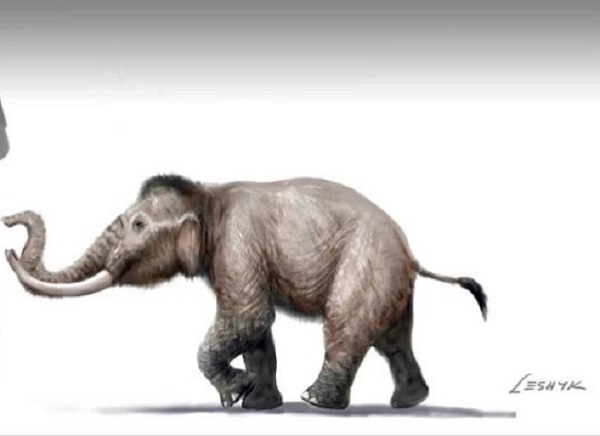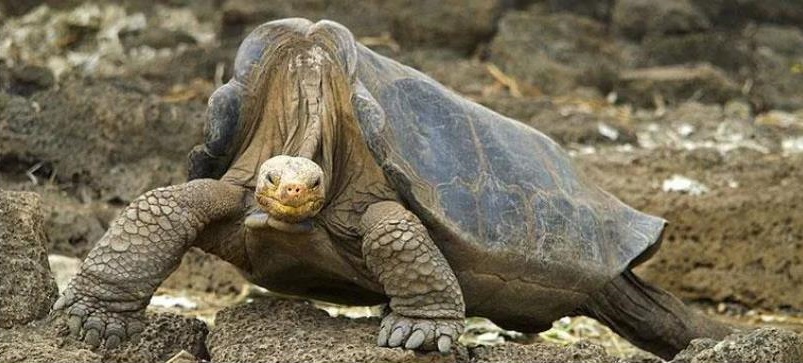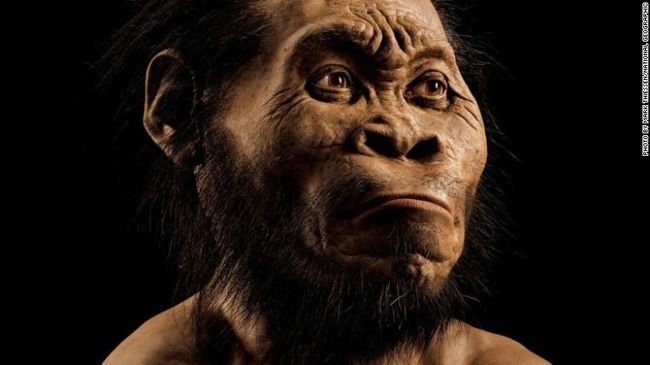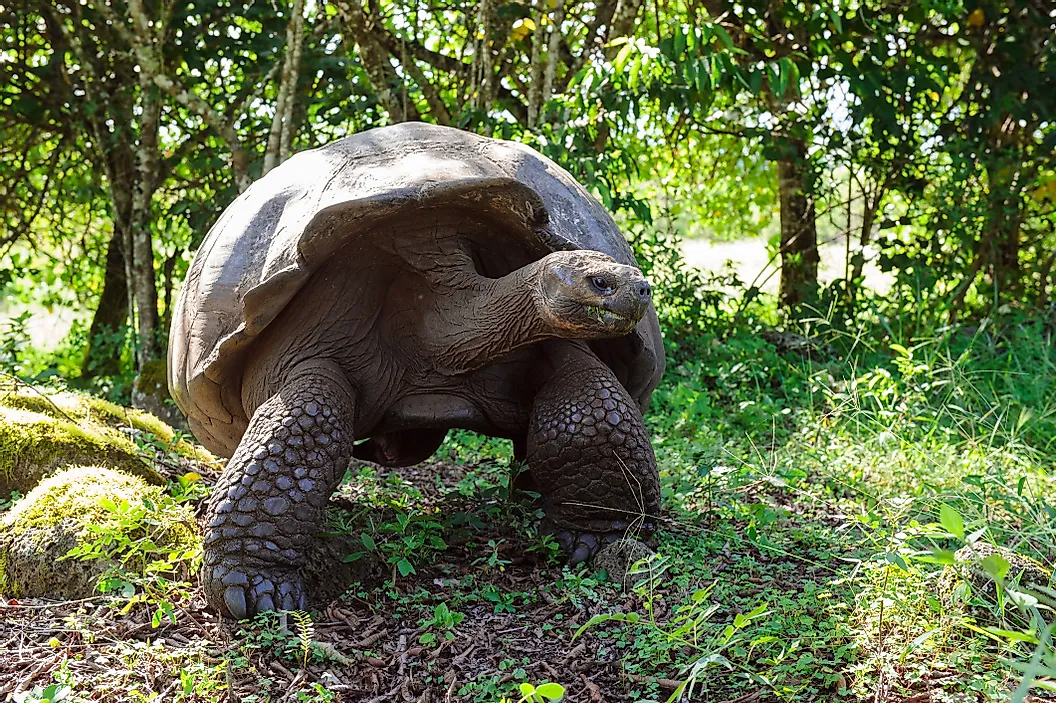By Fanis Michalakis,
Foster’s rule, otherwise known as the island effect, is an example of the change that islands can bring on their inhabitants. It states that animals will either get bigger or smaller depending on the resources available. Since they are separated from their predators on an enclosed island, food and space are the biggest concerns. Therefore, if the resources are scarce or the available space is small, typically we see a decrease in size so that they can be more in numbers and survive with less food, whereas if the resources are plentiful, there is nothing stopping them from getting bigger.
One example of insular dwarfism was found in Crete in the form of the dwarf mammoth. Fossils, mostly teeth, of this creature were found in Crete, and at first, made scientists suspect that the creature was an elephant, as they could not believe that a mammoth could be so small. It was a mammoth that had a height of 1.3 meters and could weigh up to 310 kilograms! For comparison, mammoths could reach a height of up to 3.5 meters and weigh 6-10 tons. A more accurate comparison would be the dwarf mammoth and a baby African elephant, which is 1 meter long and weighs 91 kilograms. So, in terms of size, the adult dwarf mammoth was basically like a baby modern-day African elephant, only heavier.

An example of insular gigantism is the Galapagos Islands, which are the home of giant turtles. A great example of a giant turtle was Lonesome George. He was the only member of the Pinta Island tortoise subspecies, found only on the Pinta island of the Galapagos Islands. Sadly, he died in 2012 at an age of about 100 years old (an age that is debatable as David Attenborough said he could have died at 80), and the subspecies ended alongside his lineage. There were 3 reported attempts to make offspring with other turtles of relative species, in hopes of creating hybrids and conserving his lineage and genes in some way.
However, all the eggs created while at first seeming to be doing fine, were inviable despite being put in incubators to keep them in the best possible environment. On June 24, 2012, Lonesome George was found dead and a necropsy revealed that it was due to natural causes. His body is now in the Fausto Llerena Breeding Center in the Galapagos National Park headquarters in Santa Cruz. Lonesome George became a symbol of conservation actions and the Galapagos islands and can be found in many textbooks involving insular gigantism or the Galapagos Islands.

Another instance of insular dwarfism that is closer to us happened alongside the appearance of Homo florensiensis on Flores Island in Indonesia. The species has thought to have existed from 100,000 to 50,000 years ago, but discoveries of tools on the island suggest that they could have been around from 190,000 years ago. They were the closest we will ever get to a real Hobbit, with a height of only 1 meter! Their bodies had the same shape as ours, only everything was shrunk down. However, it is noted that their teeth were larger in comparison to their body compared to ours, and so were their feet. Having a smaller body means having a smaller brain, however, Homo florensiensis had the ability to use tools, meaning that brain size does not automatically equal intelligence.

It is thought that the species went extinct when Homo sapiens arrived on the island. Because Homo florensiensis had remained on the same island for so many years, their immune system hadn’t encountered outside pathogens, and so, when the newer habitats brought with them new diseases, Homo florensiensis could not adapt fast enough. That being said, there are many debates regarding this species and since we do not have all the tangible evidence, there is much left for speculation.
References
- Foster’s Rule. vedantu.com. Available here
- Elephant Facts. elephantsforafrica.com. Available here
- Mammoth Facts. sciencetrek.org. Available here
- Mini Mammoth Once Roamed Crete. nature.com. Available here
- Lonesome George. galapagos.org. Available here
- Lonesome George, the Last Tortoise of His Kind, Is on Posthumous Display in NYC. smithsonianmag.com. Available here
- Homo floresiensis. humanorigins.si.edu. Available here




